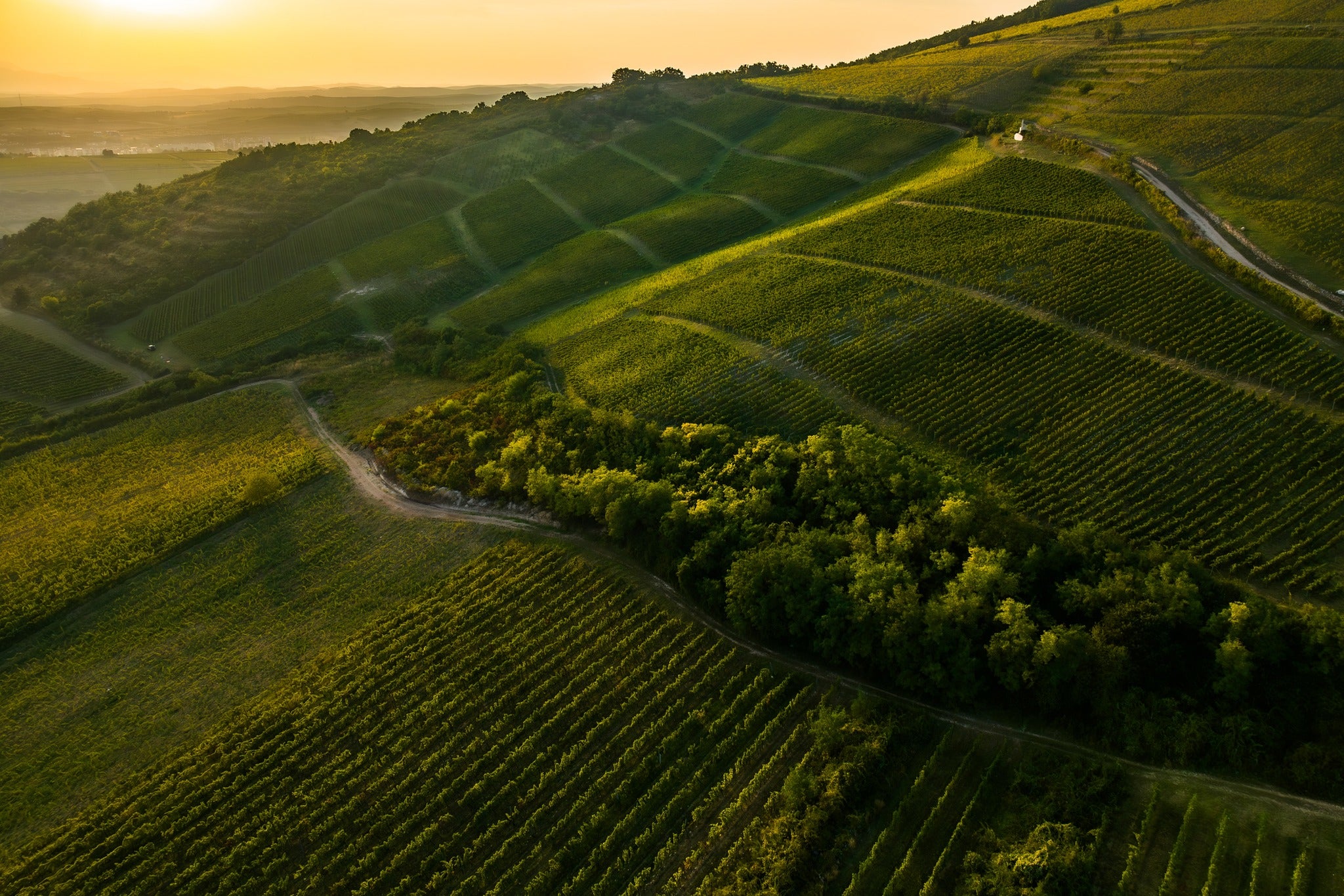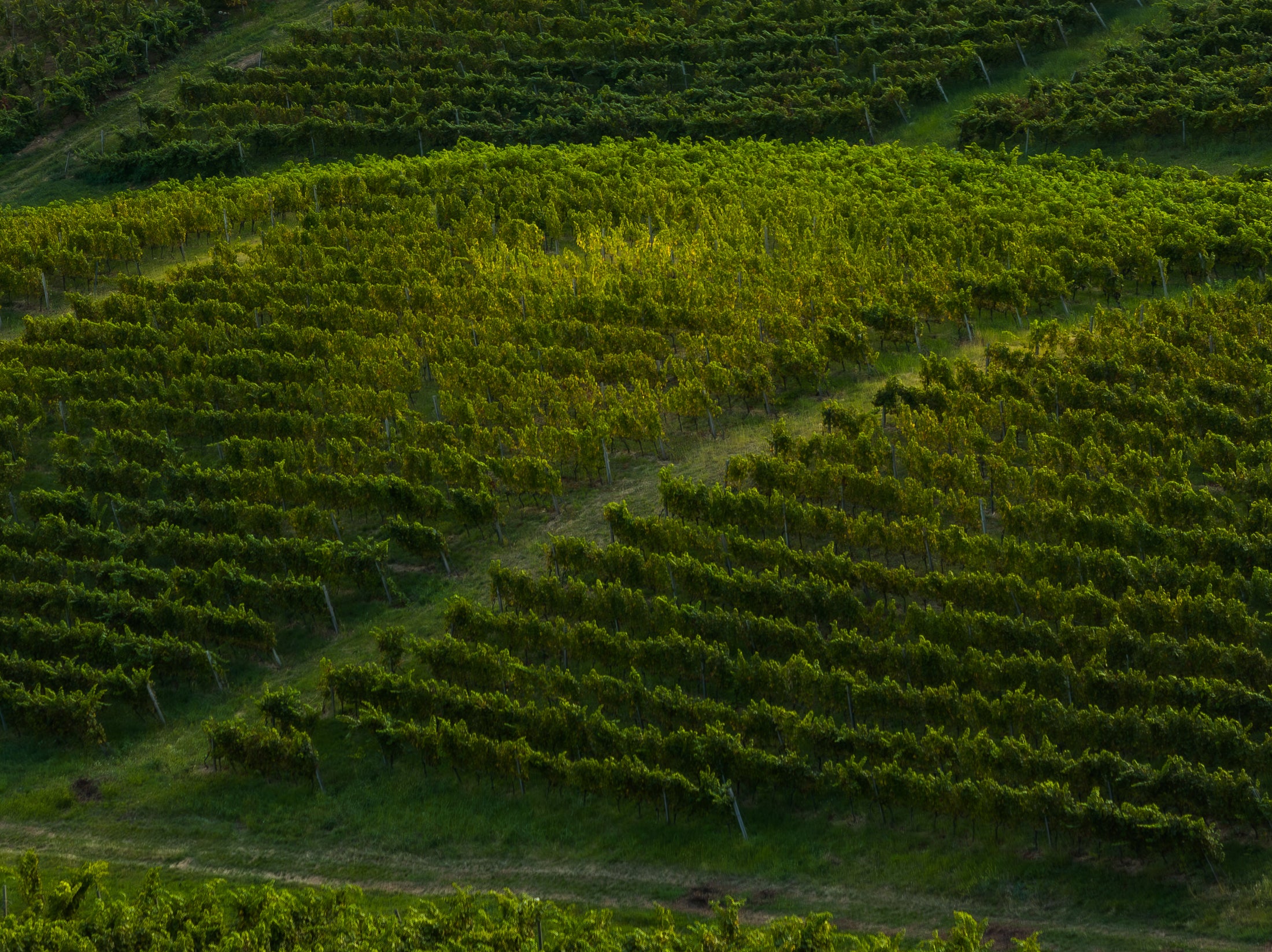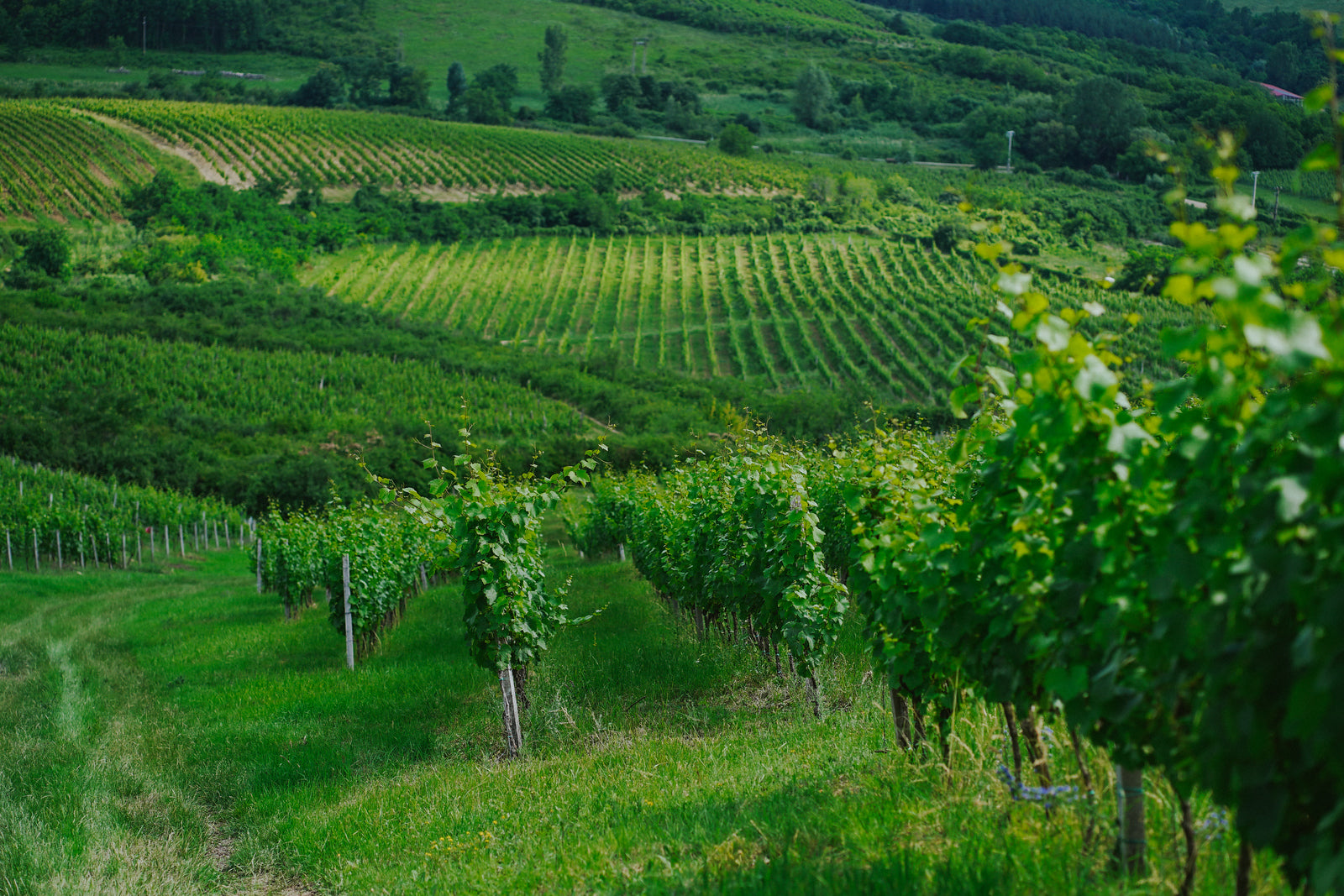




St. Andrea
St. Andrea Vineyard cultivates vines in nine different vineyards across four villages. The primary bedrock in most of the Eger wine region is rhyolite tuff, a product of volcanic activity. The upper soil layers vary in depth and consistency, but clay-rich soils are predominant in most vineyards.
It is astonishing, the hundreds of memories, challenges, and experiences that have taken place at St. Andrea Winery over these brief two decades. In the first ten years, they experienced all domestic recognition. After twenty years, they had the opportunity for internationally renowned experiences.
They create wines that express the uniqueness of their terroirs, based on traditions and meeting contemporary quality expectations. They pay special attention to the traditional varieties of their wine region, such as Olaszrizling, Hárslevelű, Furmint, Kadarka, and Kékfrankos. They strive to understand their terroirs and perfect their viticulture year after year, refining and adapting the steps of winemaking to the different varieties.
"For us, Eger is one of the most exciting wine regions in Hungary. We are grateful to be able to cultivate our vineyards here. It is a uniquely exciting task to work with both white and red wines in one place."
The Eger Wine Region
Climatically, it is a cooler wine region, which is naturally reflected in the character of the wines produced here, such as exciting acidity, rich aromas, balanced tannins, and elegance. Of course, all of this would not be possible without Eger’s inherently strong-charactered soils, which are complex and varied.
The volcanic rhyolite tuff subsoil, covered primarily by very cohesive, deep, rich clay soil, is predominant. Additionally, the region features vineyards with breathtakingly unique soil compositions, where lime, slate, zeolite, marl, sandstone, and other strong-character rocks can be found.
The soil composition plays a significant role in the fine aroma composition and structure of the wine.
Accordingly, the vineyards with different soil conditions enable the production of distinct, unique wines. For example, wines produced on volcanic soils with thinner topsoil are more mineral, taut, and dense, while those from deep clay-rich soils are fuller-bodied. The diversity is astonishing and beautiful! Not only are the wines diverse, but so is the region's topography. One of Hungary’s highest vineyards, Nagy-Eged Hill, is also found here. The 501-meter Nagy-Eged Hill, with its uniquely complex limestone soil, southern exposure, and almost Mediterranean climate, is destined to be the birthplace of great wines. From the adjacent Kis-Eged slopes, the 30-million-year-old fossilized remains of the ancient grape leaf, "Vitis Hungarica," were discovered.
Our offers
-
Áldás Egri Bikavér Superior 2022
Vendor:St AndreaRegular price From €14,90 EURRegular priceUnit price €23,87 / per l -
Örökké Egri Csillag Superior 2023
Vendor:St AndreaRegular price €17,90 EURRegular priceUnit price / per -
Boldogságos Egri Csillag Grand Superior 2022
Vendor:St AndreaRegular price €39,90 EURRegular priceUnit price €53,20 / per l -
Hangács Egri Bikavér Grand Superior 2022
Vendor:St AndreaRegular price €39,90 EURRegular priceUnit price / per -
Nagy-Eged Dűlő Egri Bikavér Grand Superior 2019
Vendor:St AndreaRegular price €50,00 EURRegular priceUnit price €66,67 / per l -
Agapé Nagy-Eged-Hegy Dűlő Egri Bikavér Grand Superior 2018
Vendor:St AndreaRegular price €148,90 EURRegular priceUnit price €198,53 / per l






